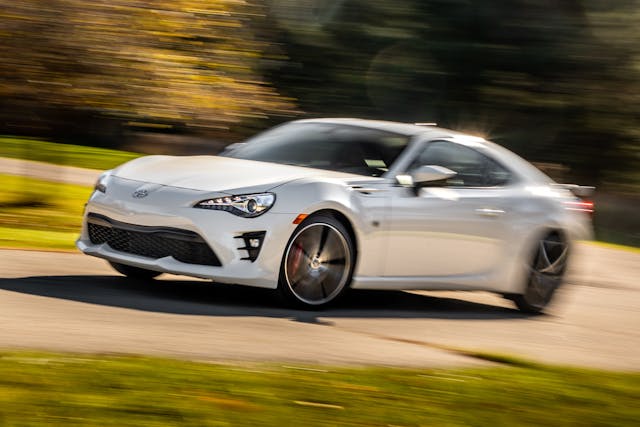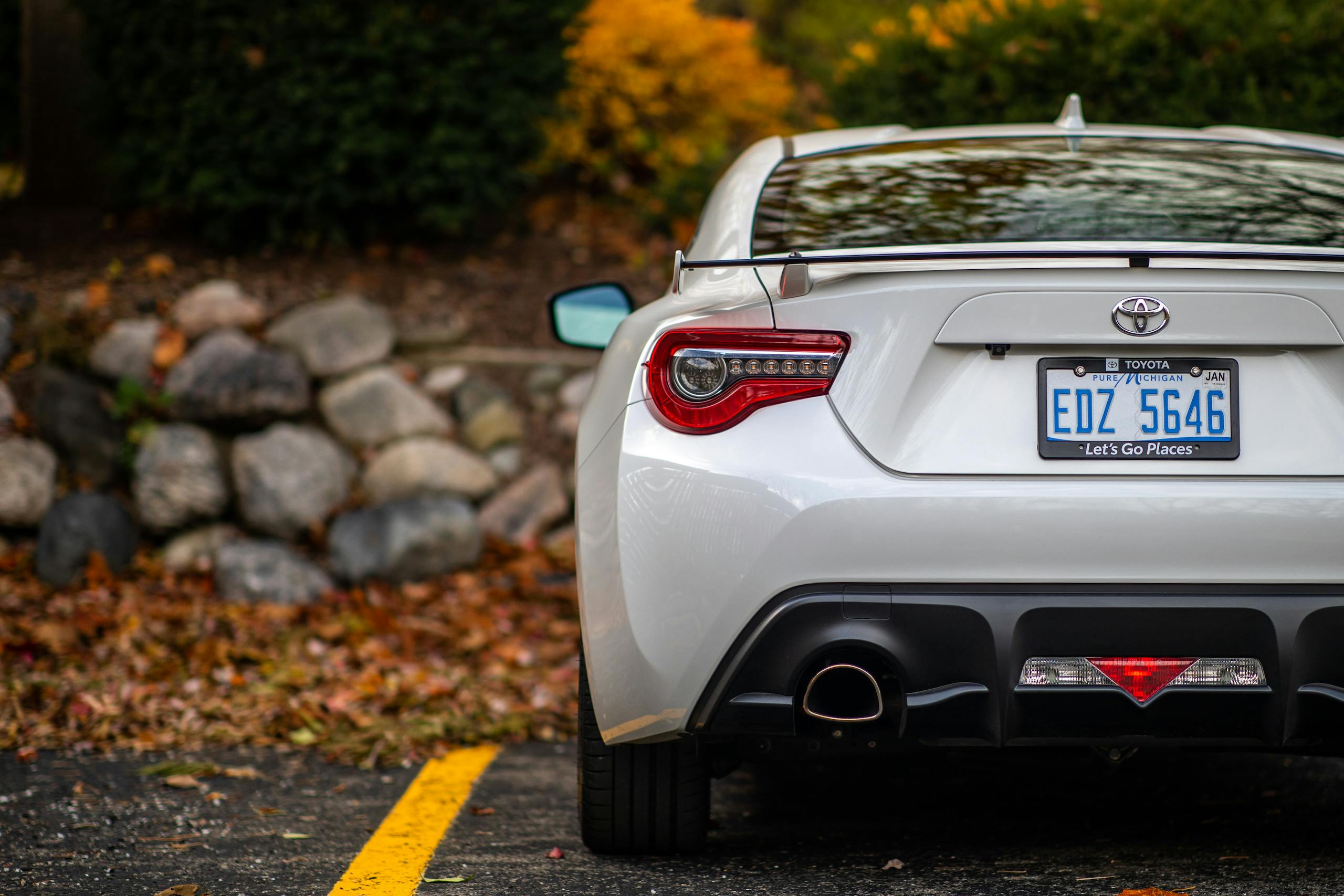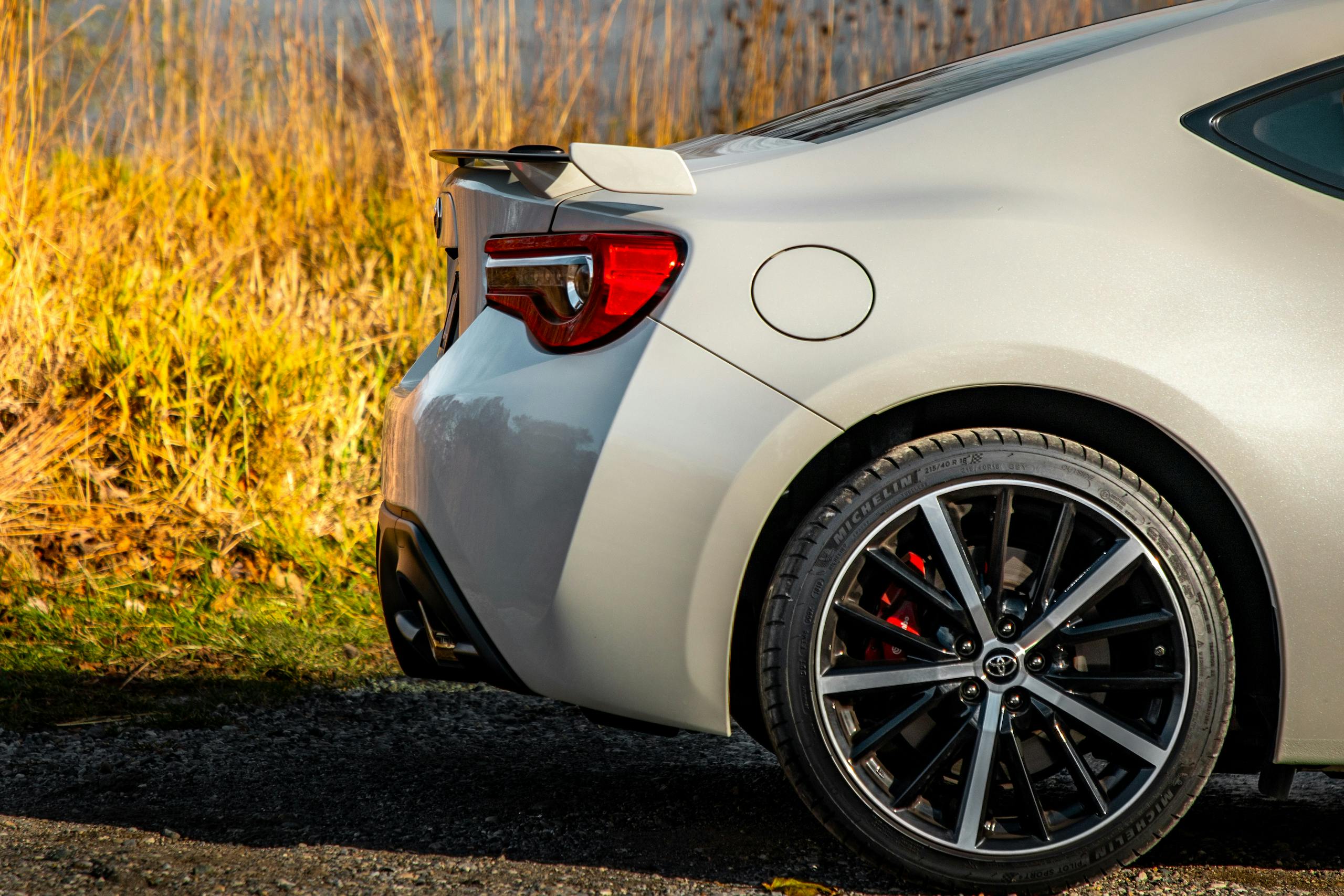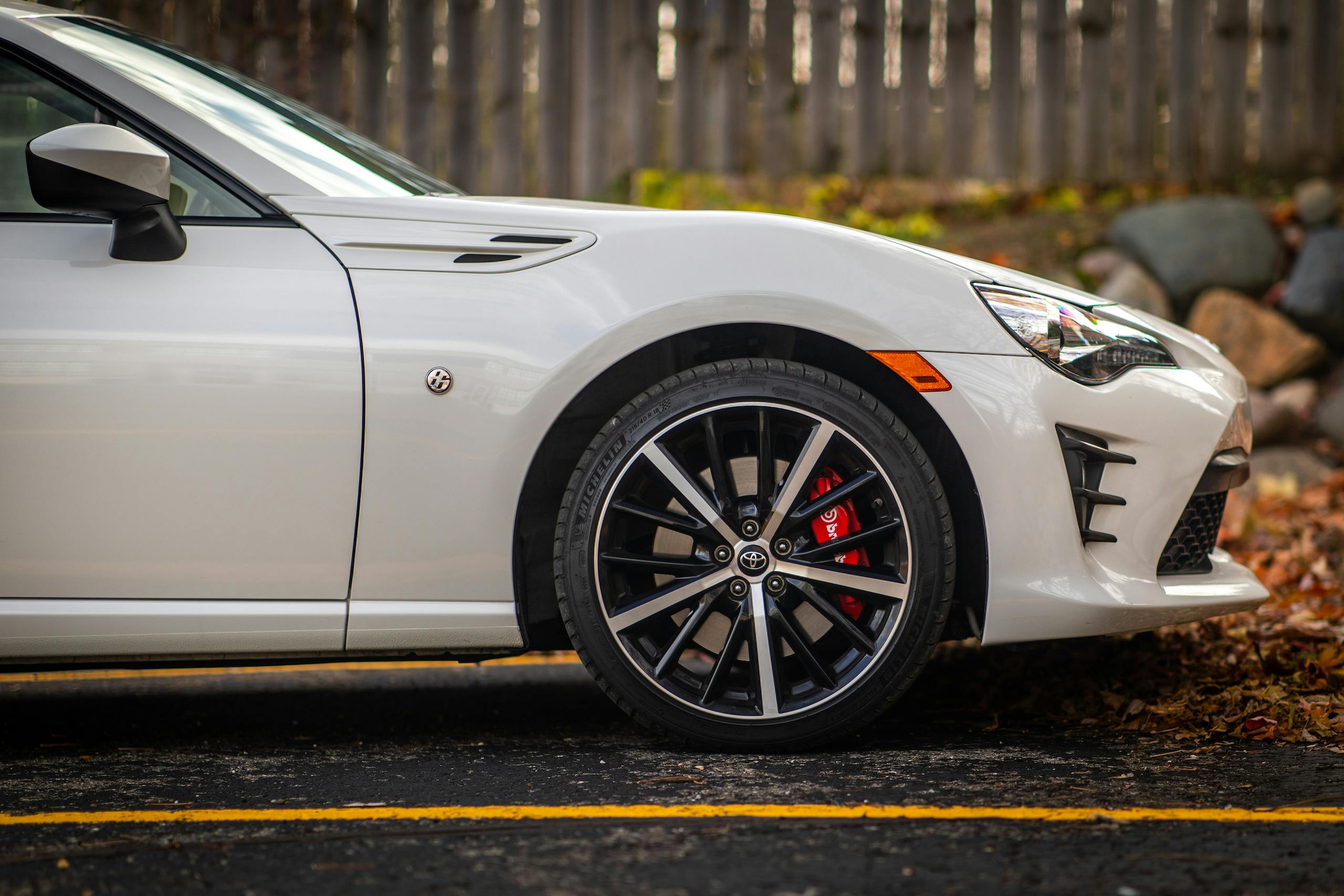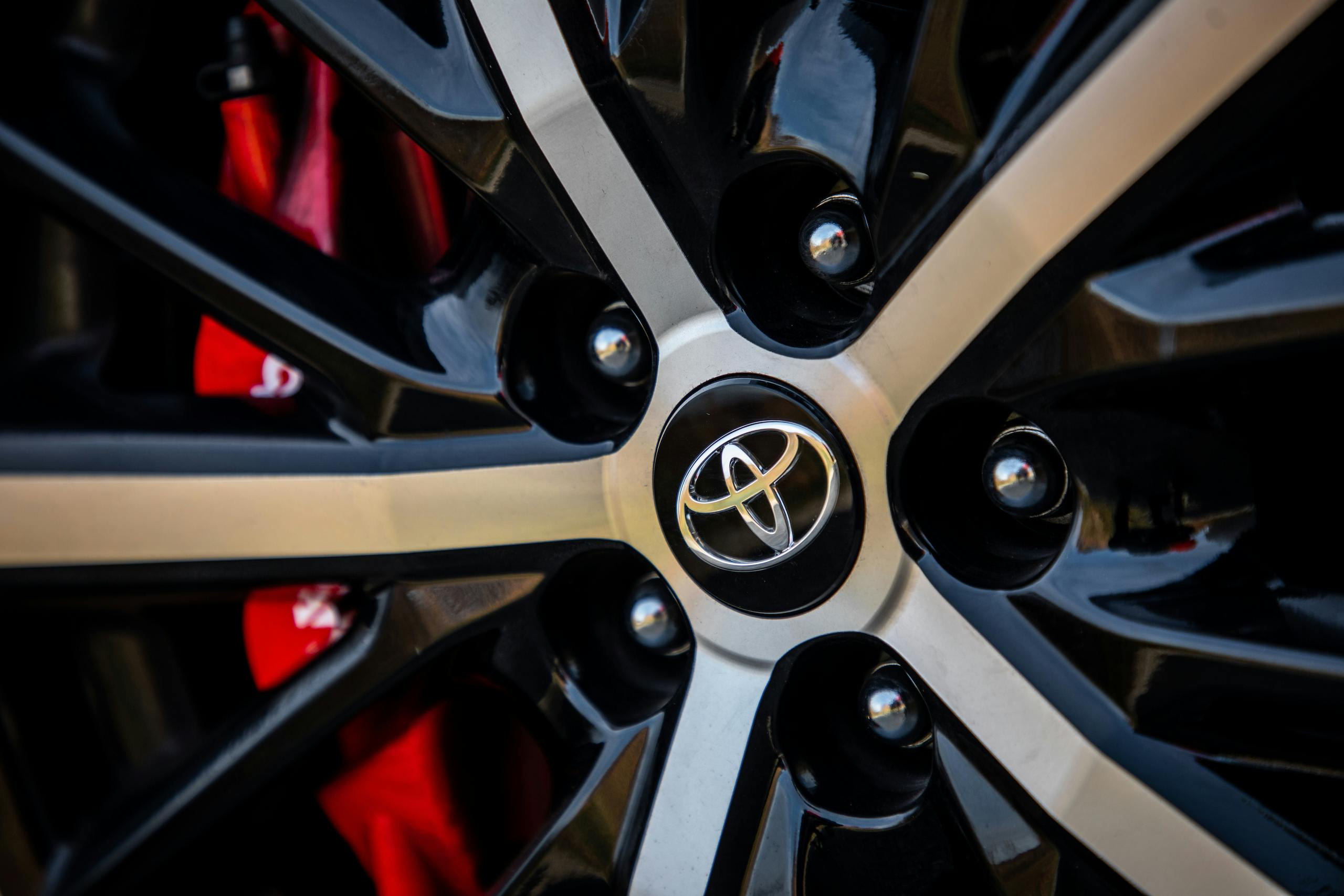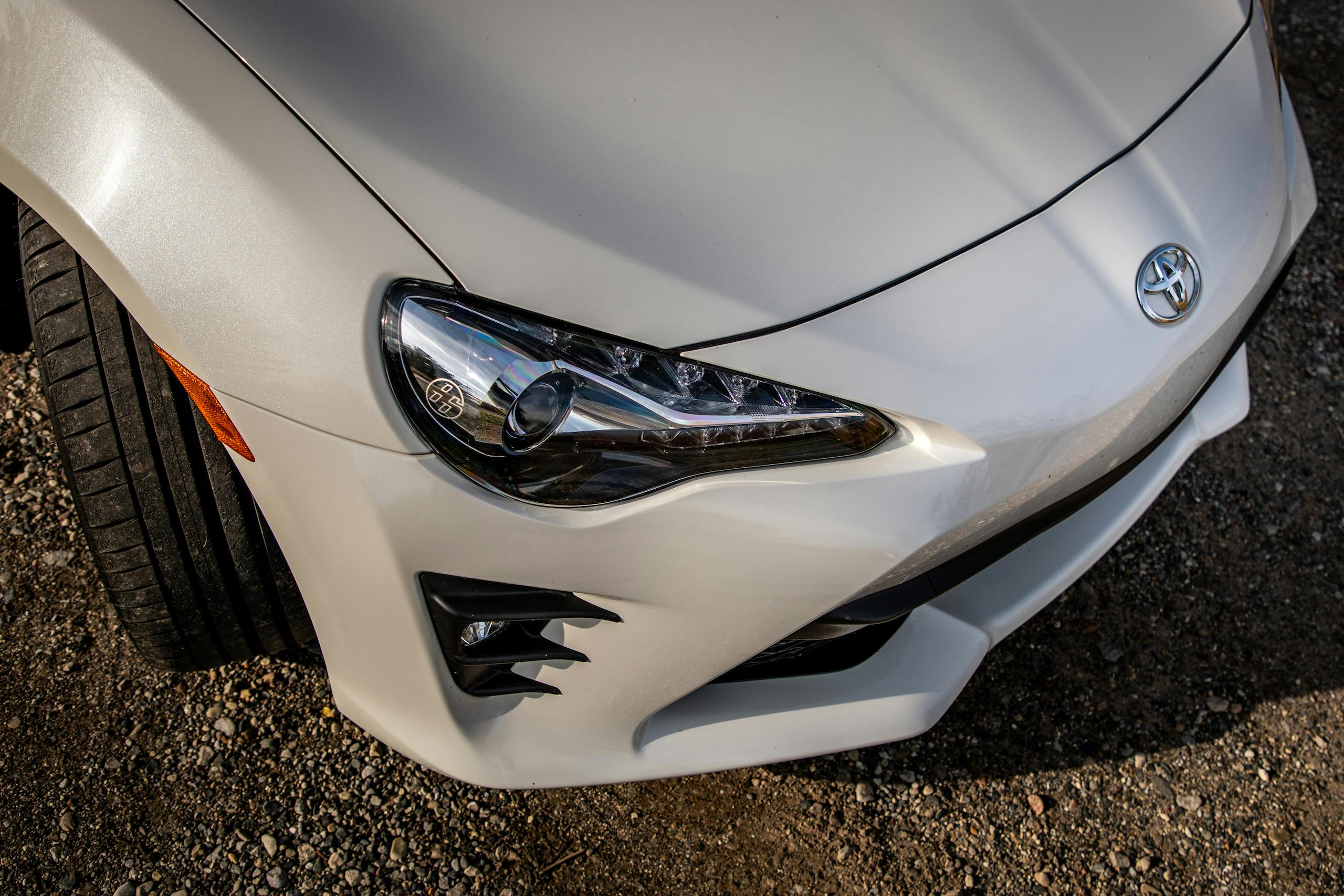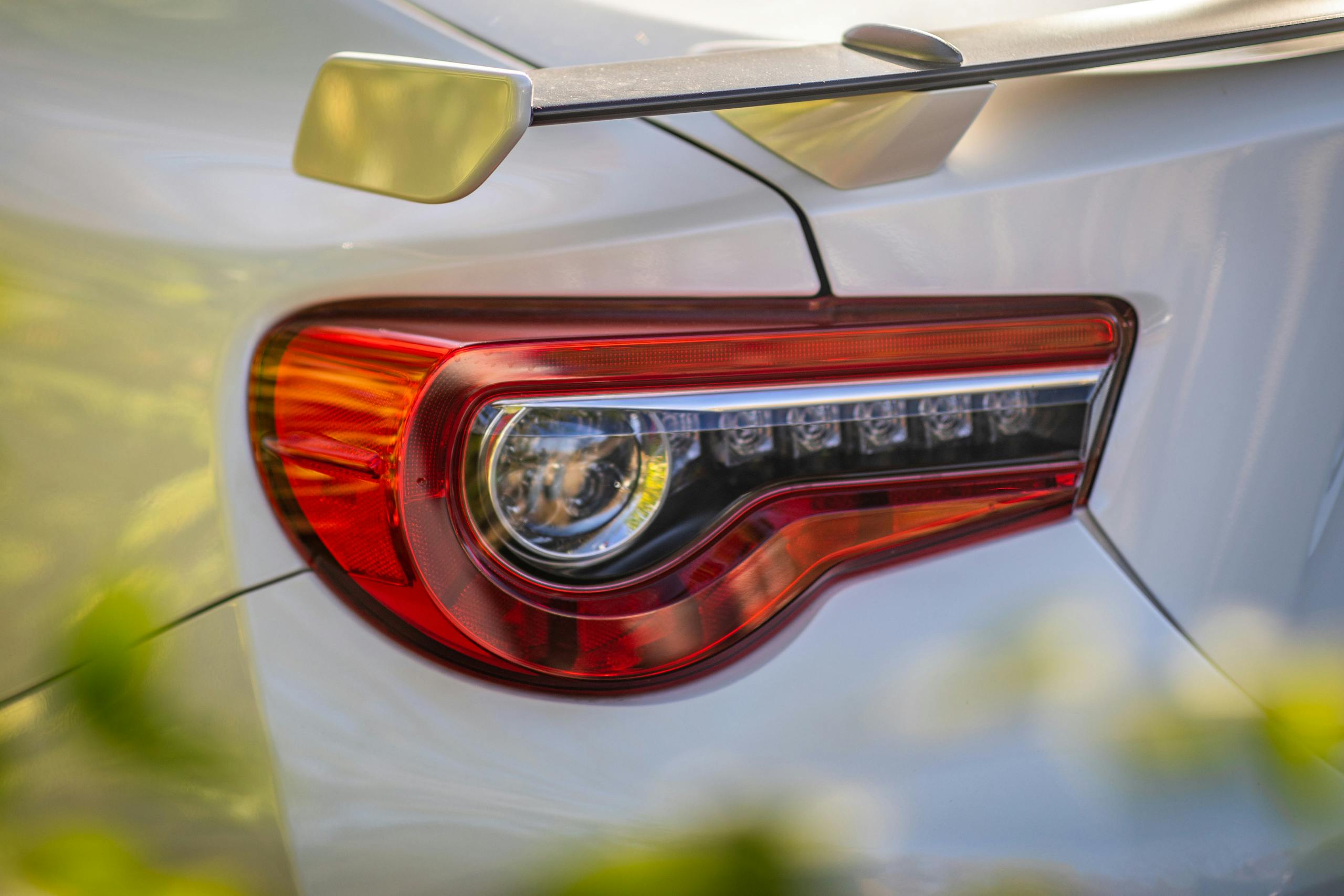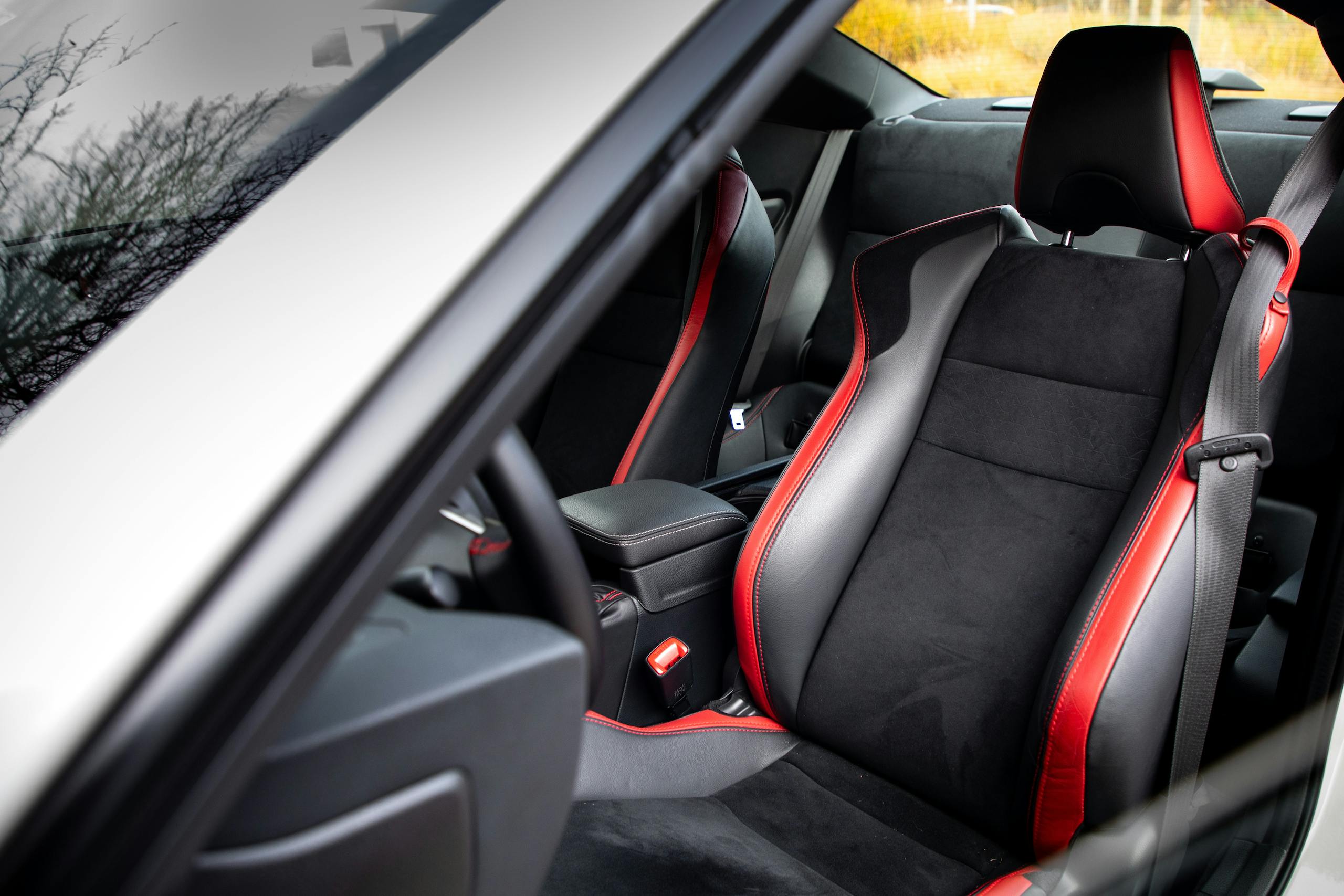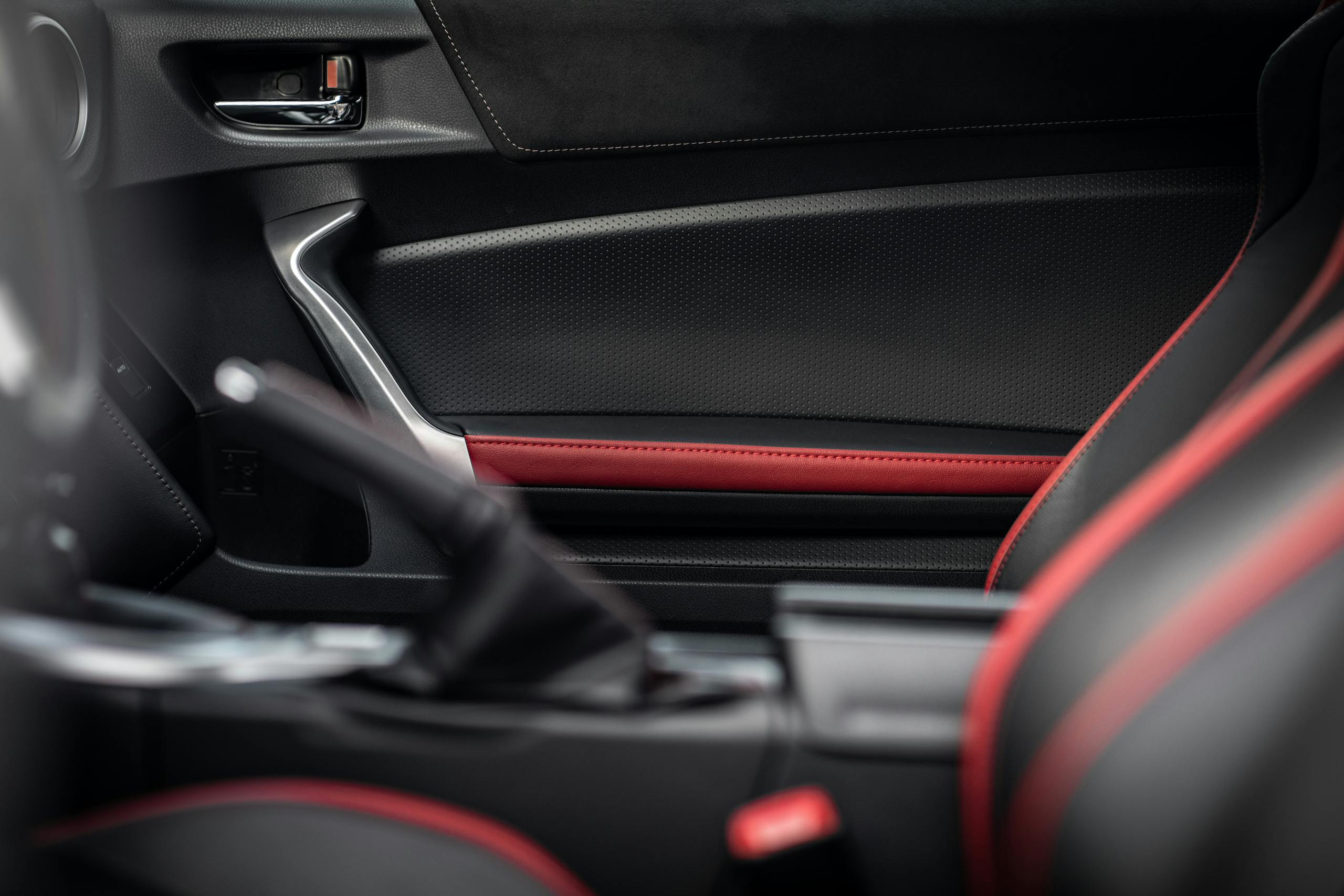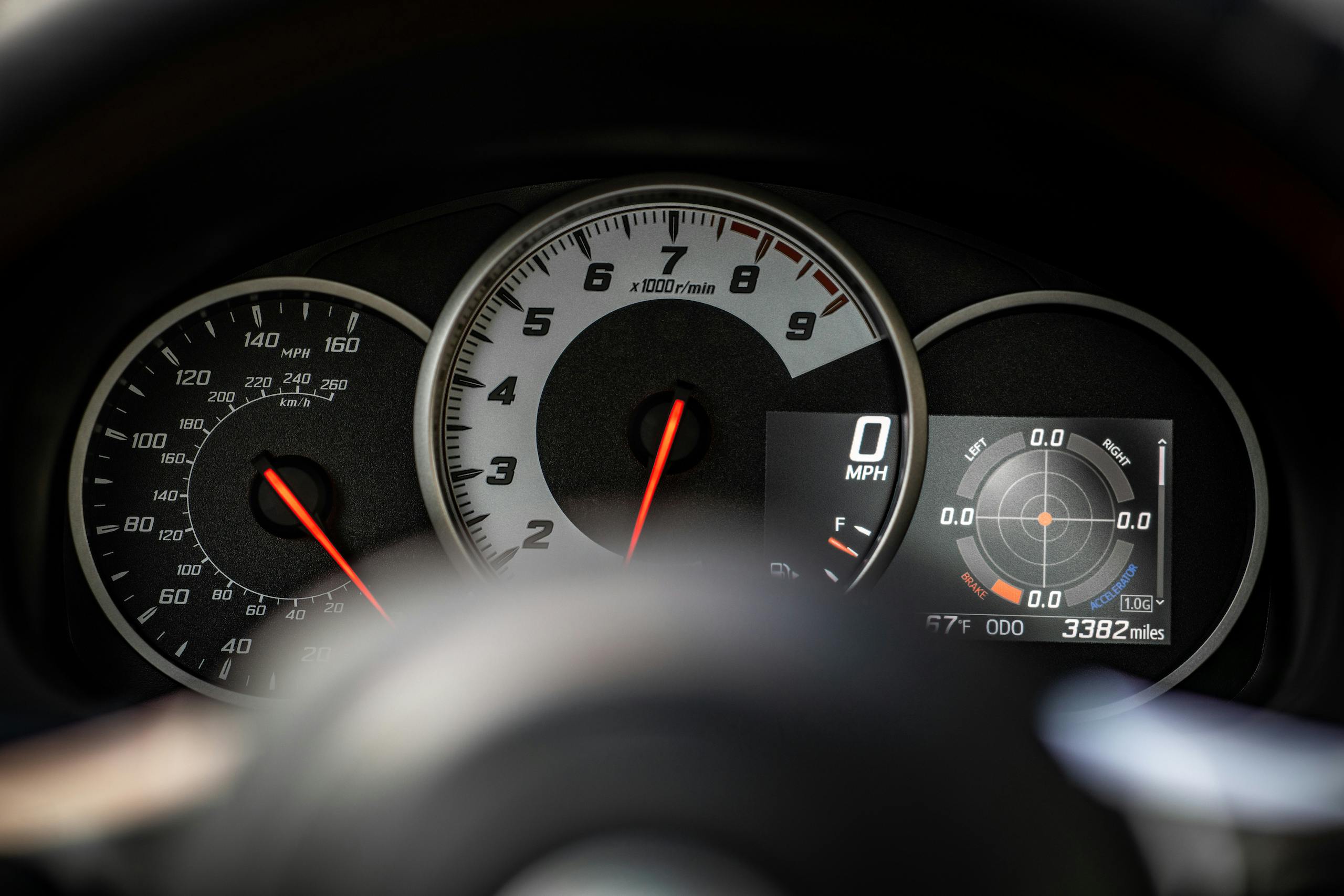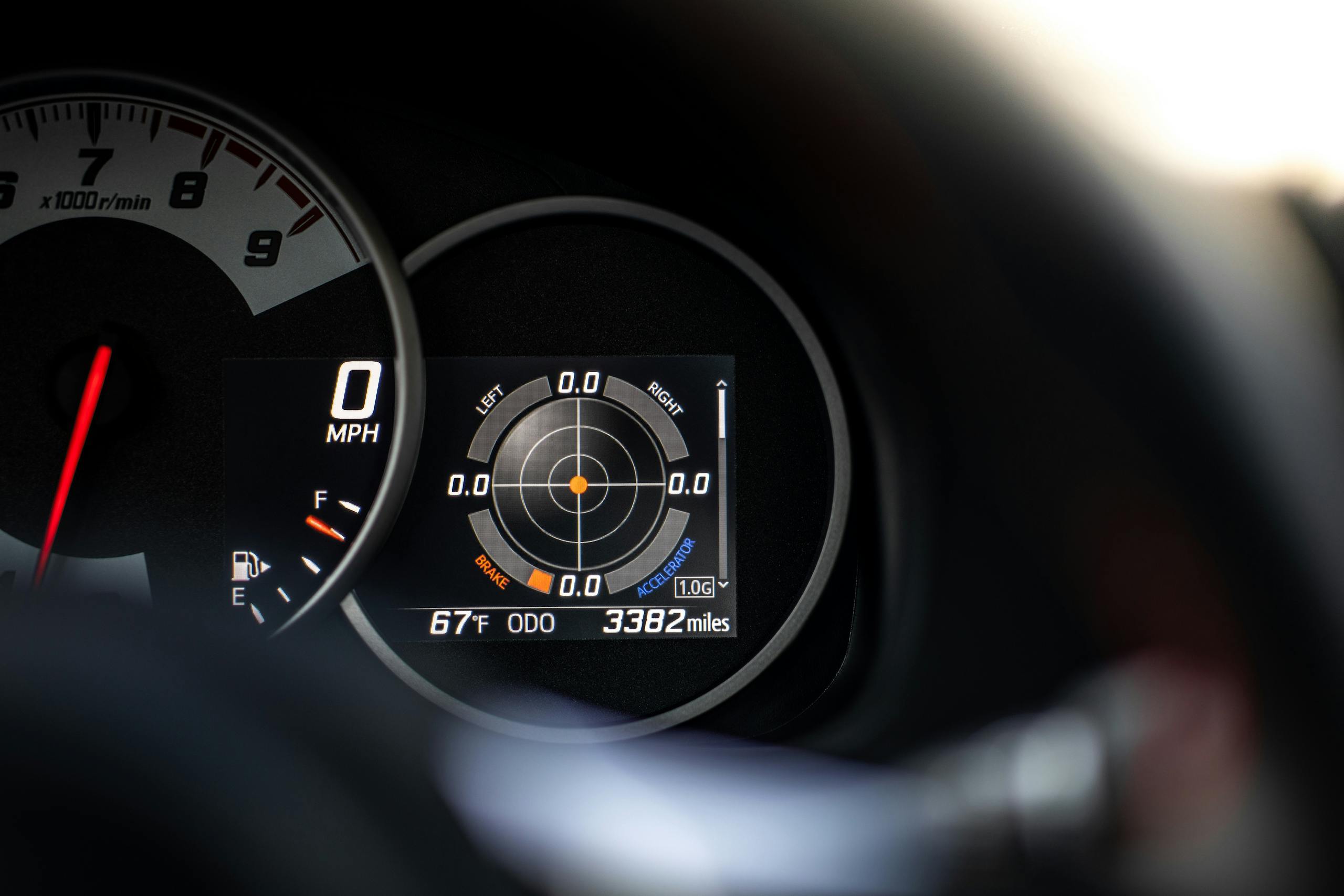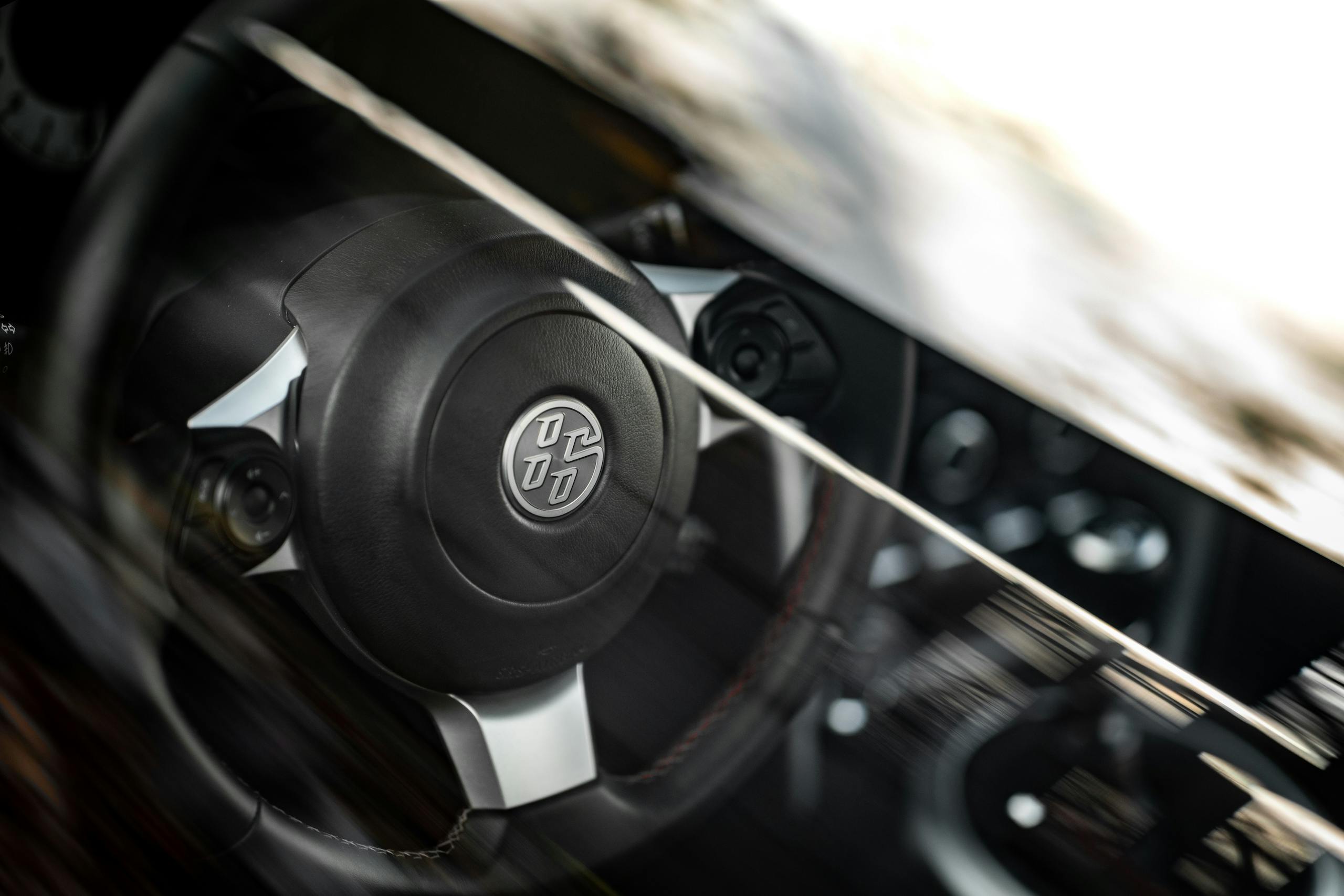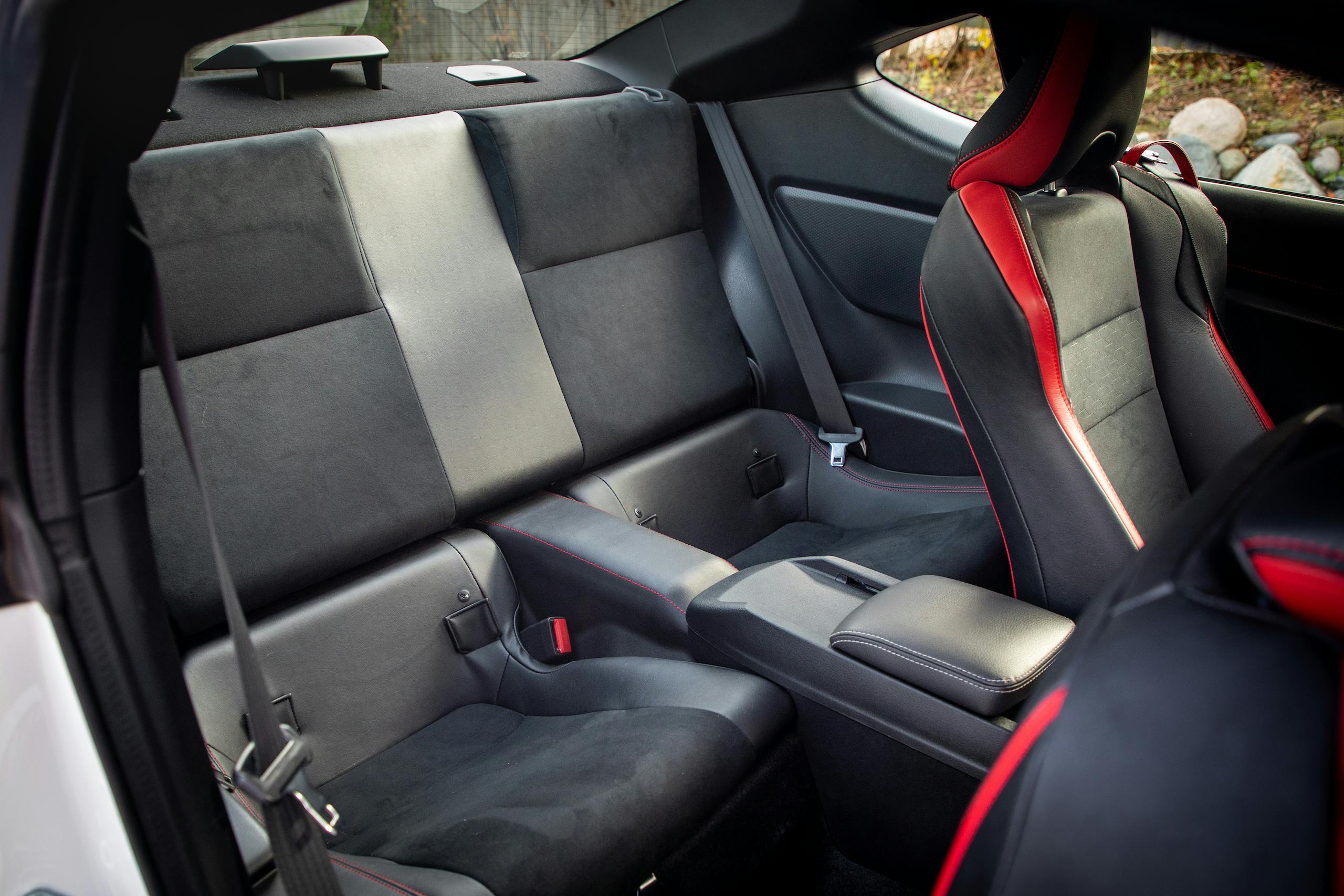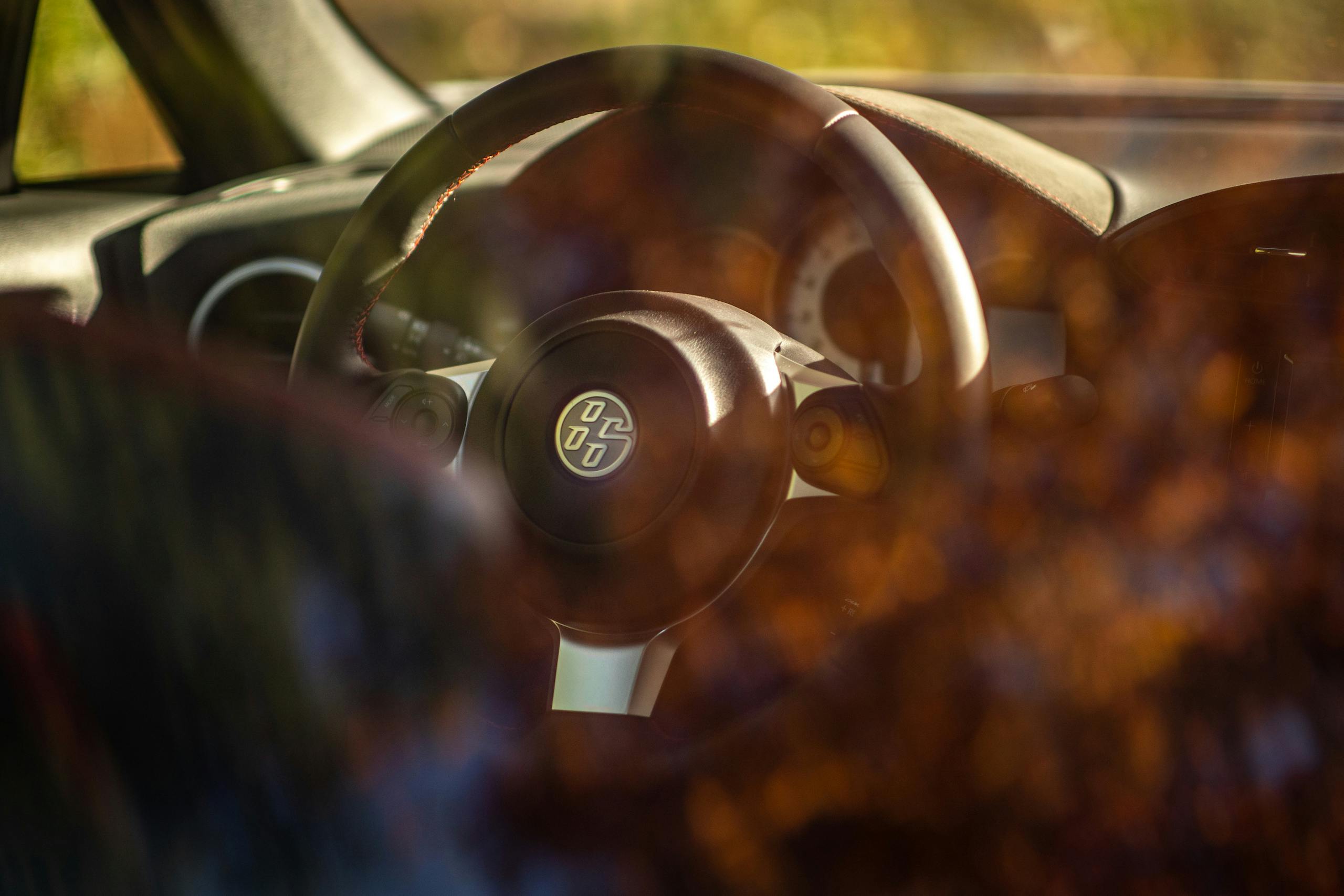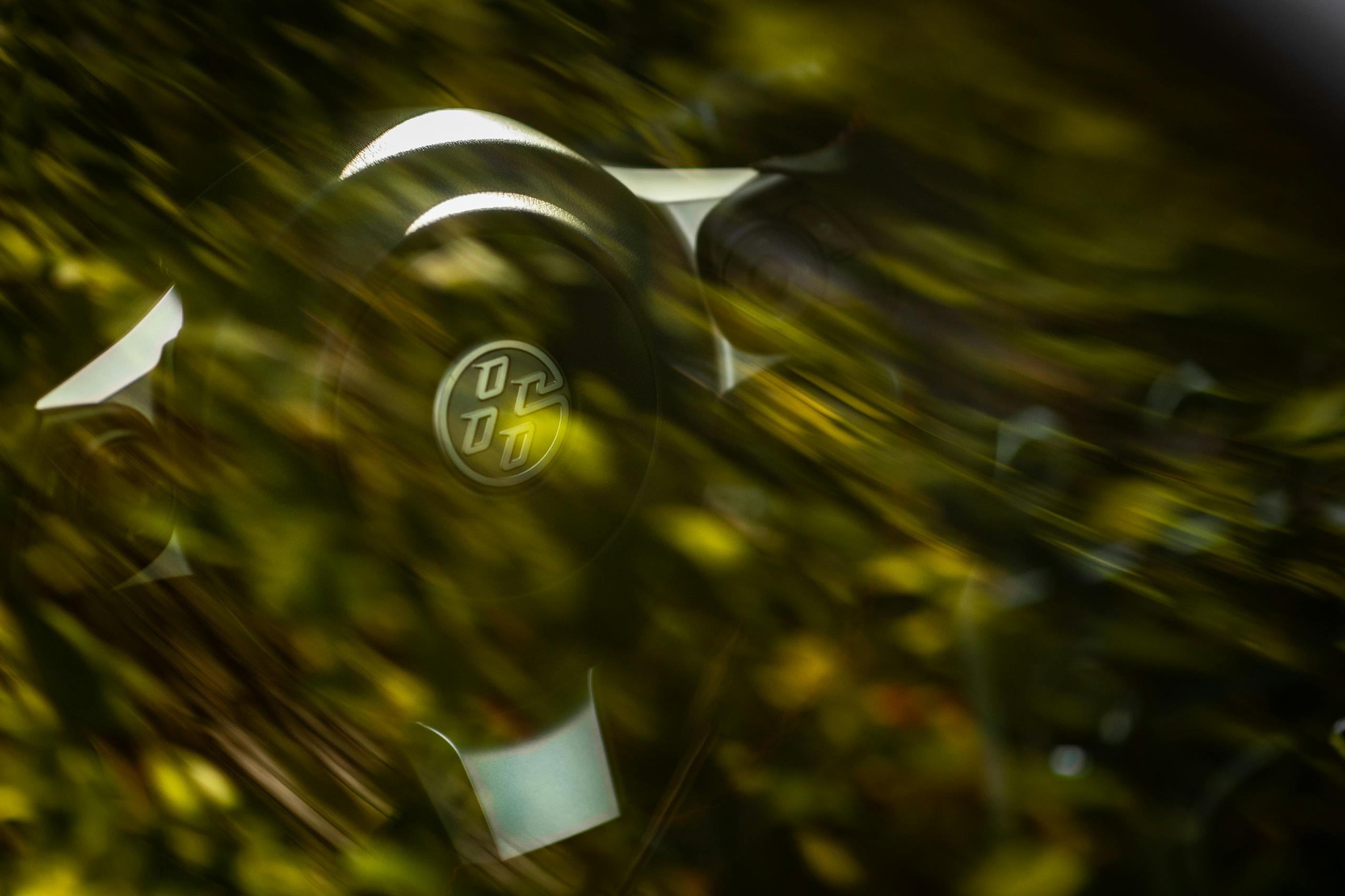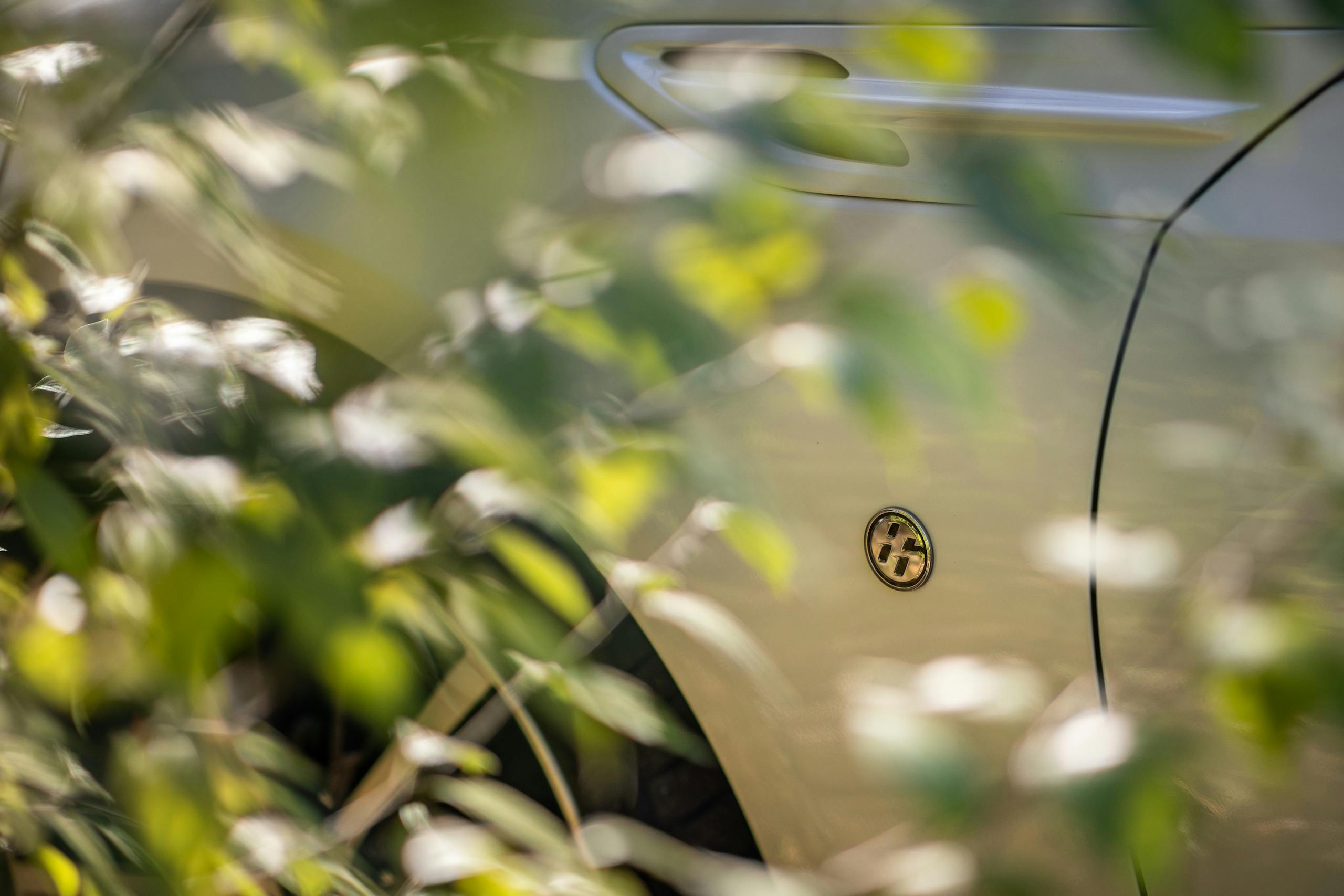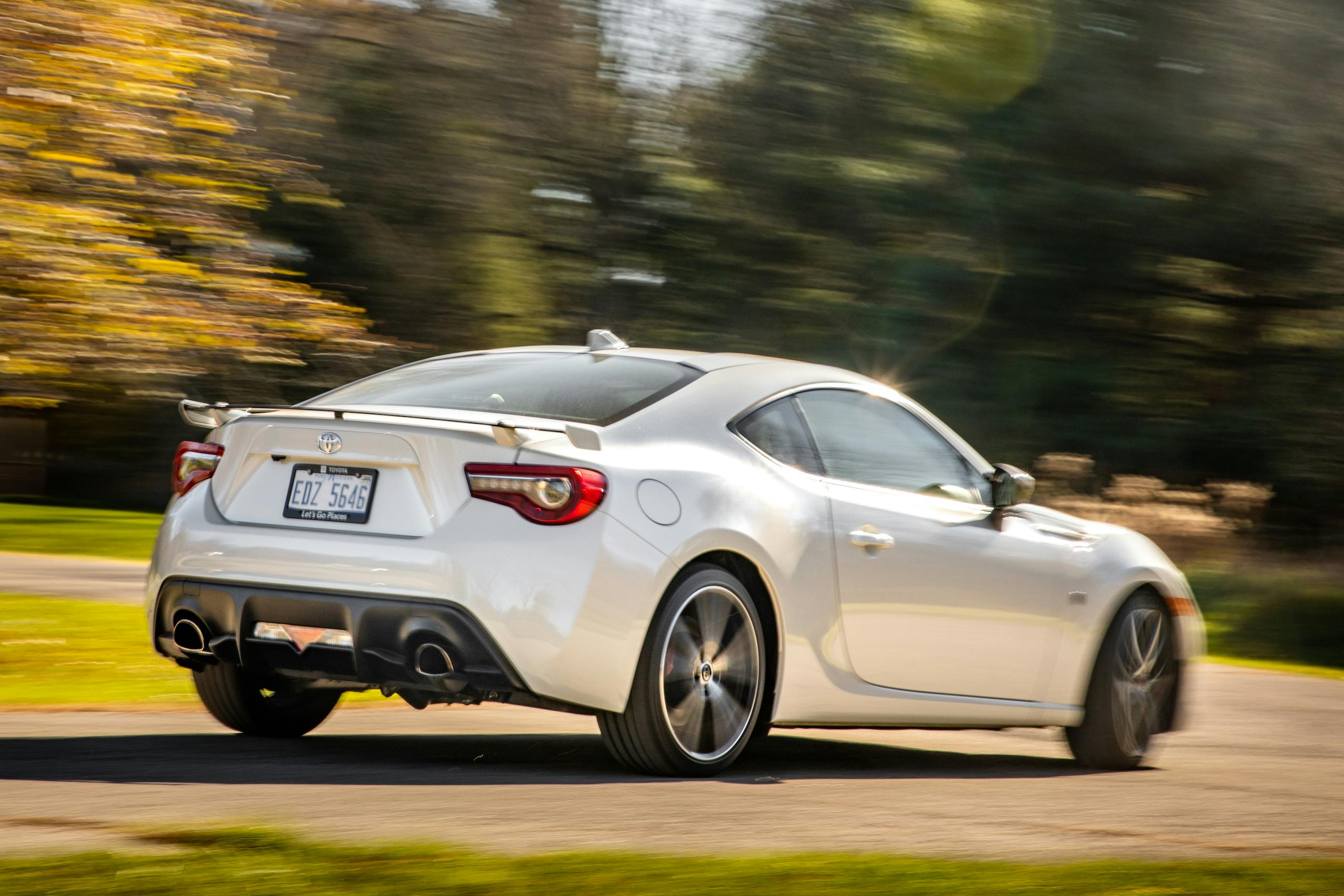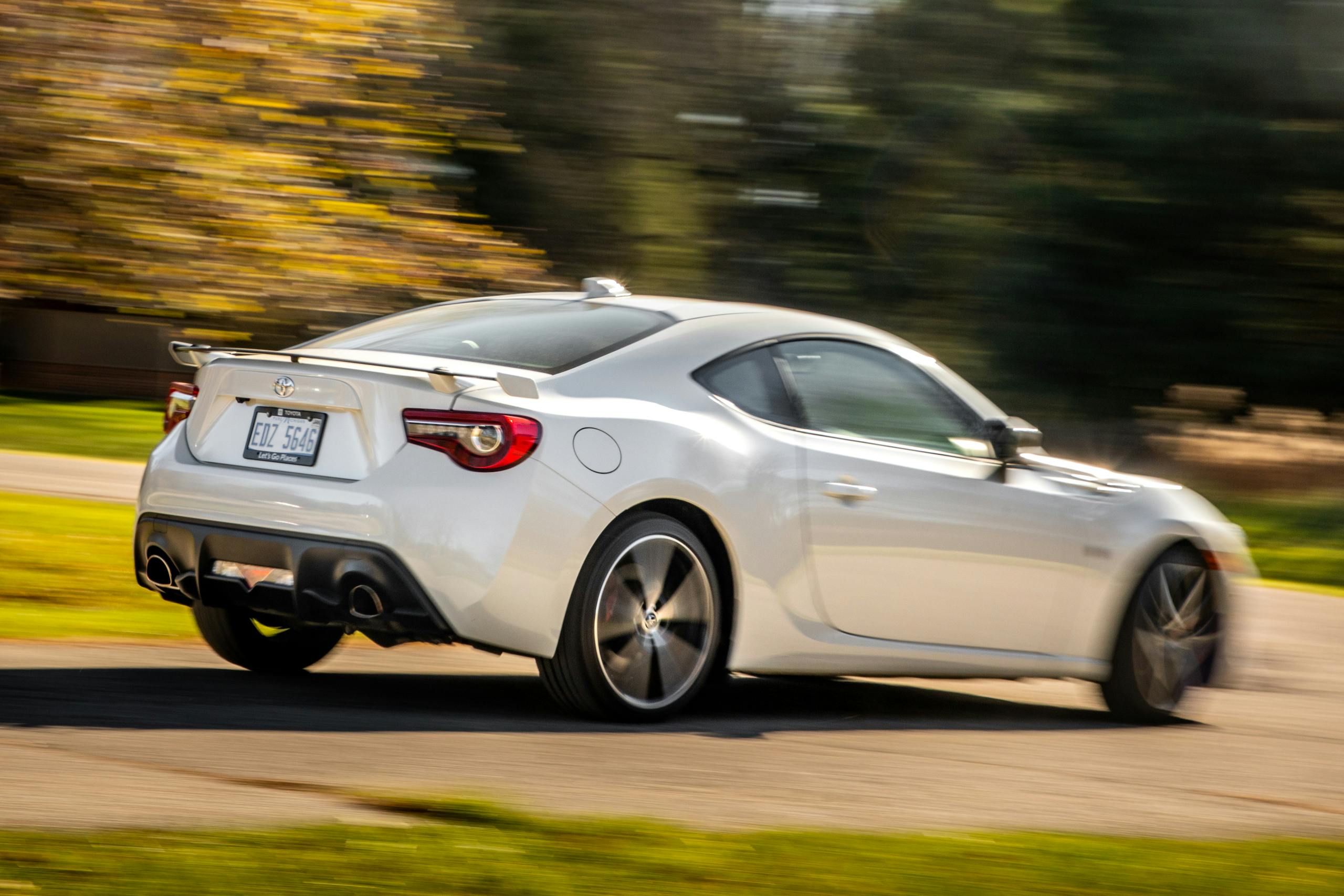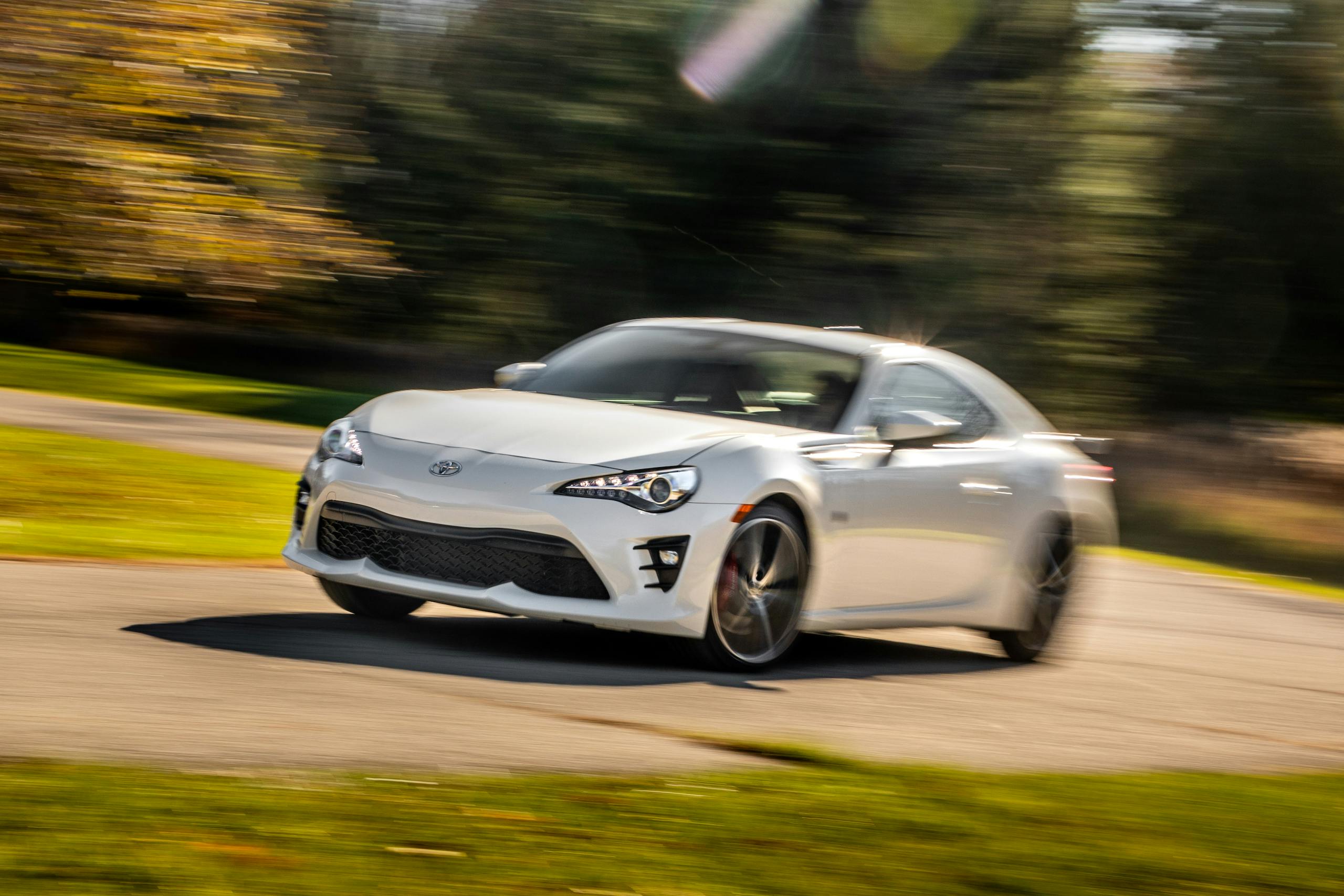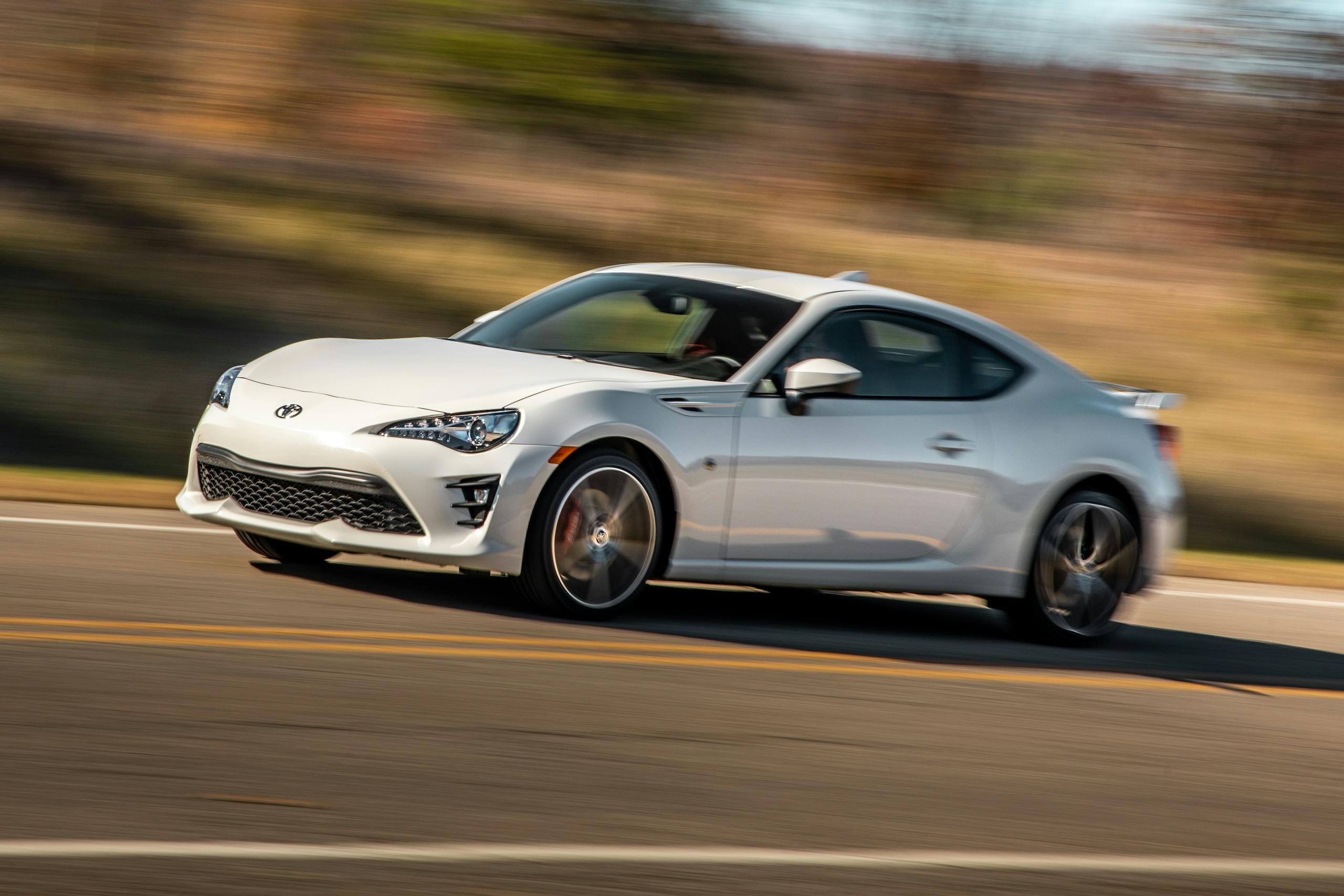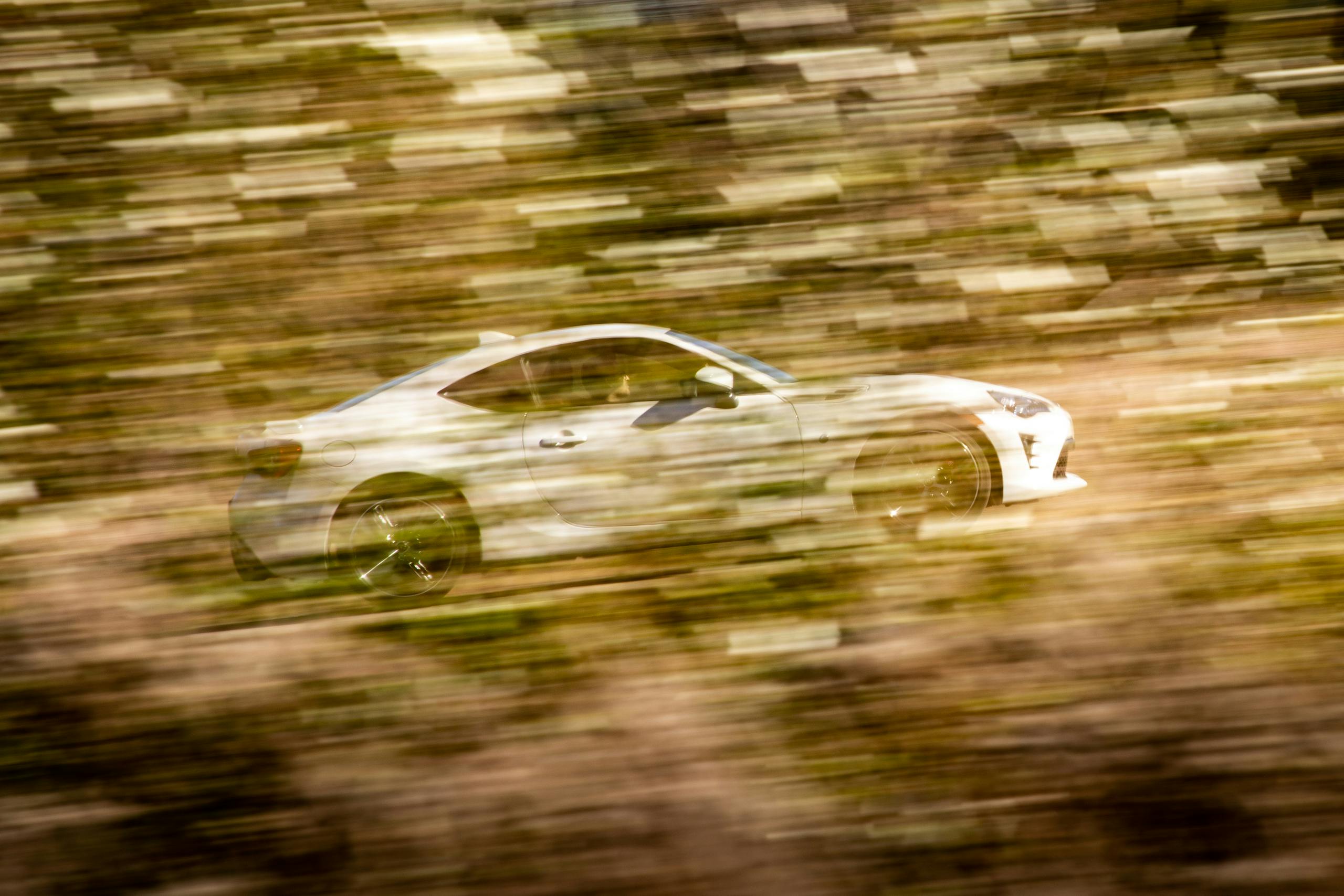Review: 2020 Toyota 86 GT
Eight years is a lifetime in the dealership showroom. Toyota and Subaru joined forces to produce the FR-S and BRZ for the 2013 model year, and since then the scenery around these rear-drive two-door twins has shifted. One big change: Scion is history, which means as of 2017 this car is no longer sold as the FR-S. It’s now called simply “86”, in contrast to Toyota’s global market where it has always been “GT86.” On top of that, Toyota’s reborn Supra lends a dash of serious performance to the Japanese automaker’s stable. In all that time, the 86 carried on almost entirely intact, subject only to minor interior upgrades and tuning tweaks. Yes, the car’s infotainment system still looks like a dash-mounted GameBoy Color, but this sharp-handling two-door delivers the same satisfying driver experience at the end of its lifecycle as it did at the outset.
With a new BRZ on the horizon for 2022, Toyota is surely crafting its own successor to today’s 86. Until then, the new-for-2020 GT is the top trim, adding 18-inch wheels wrapped in Michelin Pilot Sport 4 summer rubber, along with keyless entry and heated seats. With the $1270 TRD Handling Package (Sachs dampers and Brembo brakes with fixed rear calipers), TRD exhaust ($1100), and TRD sway bar ($550) and a few other small add-ons, our 86 test car rang in at $34,783, including destination.

All of these strides make the 86 stop and handle better, but the car’s chief weak point remains the 2.0-liter flat-four that lingers in the engine bay, making 205 hp and 156 lb-ft of torque when mated to the standard six-speed manual gearbox. If Toyota knows one thing, it’s that change for the sake of change is unnecessary. To call the last-generation Corolla a penalty box would be generous, and yet the dowdy compact still gave the current Civic a pretty good run for its money on the sales charts right up until its retirement. Hell, the Tacoma and 4Runner could receive nothing more than a new set of wheels every three years and continue to practically leap into people’s driveways.
Of course, big power was never the point of the 86, which was designed as a pure, lightweight sports car. Engineers focused on mastering the sports-car essentials—low center of gravity, responsive throttle, and driver-friendly ergonomics. Once nestled into the snug, heated bucket seats, you’ll barely care that the interior materials are about on par with that of a Japanese subcompact. Driving position: low, yet not alarmingly so. Gauges: simple and legible. Steering wheel: pleasant to hold and not too fat. Shifter and parking brake: precisely within reach, regardless of how tall or short you are. Pedals: placed perfectly for heel-toe shifting. Infotainment: so rudimentary that it will never distract from the road ahead, but standard Apple CarPlay and Android Auto make it tolerable. The back seat would comfortably accommodate only small children, but if you fold the rear row down it’s possible to fit a full set of wheels and tires, along with a racing jack and a box of tools.

The 86’s glaring torque gap in the midrange remains a buzzkill, particularly when the need for a quick highway pass arises. On the other hand, the notchy manual gearbox feels great dropping from sixth to fourth gear, and any excuse to work the pedals and shifter is a good one. Every moment behind the wheel of this car is an opportunity to coax the most of it, and indeed, you will find the flimsiest excuses to hit the road when the 86 beckons in your driveway.
As the only rear-drive sports car in its price range—save for the Miata, which has no back seats and only minimal cargo capacity—the 86 harbors no direct competitors. Its fluid, responsive steering and balanced chassis are unmatched even by the lively Hyundai Veloster N and stalwart Volkswagen GTI.
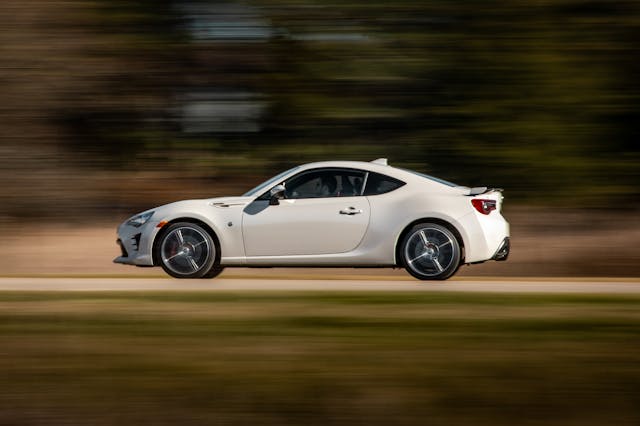
While the better tires and TRD handling upgrades do make the 86 faster through the corners and more tolerant of extended abuse, some of the standard car’s sense of play and willingness to break loose is lost along the way. The more serious hardware doesn’t ruin the 86’s ride quality, and the brakes aren’t too touchy for regular commuting. We could do without the TRD exhaust, which sounds good on cold starts but drones on the highway. (No amount of autotune can make Subaru’s flat-flour sing.) Serious track hounds will make good use of the Handling Pack’s higher limits, but the aftermarket’s extensive roster of performance add-ons for this road course regular could be an attractive (and more customizable) alternative to shelling out $35K for the factory-blessed version.
The new 86 around the corner promises to right the current car’s wrongs with more power and an updated cabin. So it’s easy to see how, for many buyers, stretching the budget for a kitted out GT variant might not seem worth the investment. Picking one of these cars up lightly used and a bit depreciated is a more palatable proposition. Better still, once the new 86 arrives, dealers will be desperate to get the old metal out of the showroom. If you’ve waited this long, it’s not too late to snag a pure-bred, genuinely engaging sports coupe like so few automakers care to build anymore.
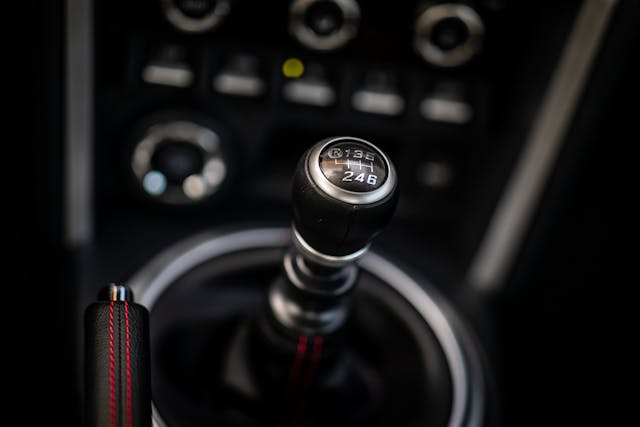
2020 Toyota 86 GT
Price: $34,783 (as tested)
Highs: Nails the bare essentials of a light rear-drive sports car. Balanced, usable, endearing.
Lows: Engine midrange is a dead zone, interior materials fail to impress, expensive given the minor updates since 2013.
Summary: For back-to-basics driving enjoyment, the 86 remains in a league of its own.
